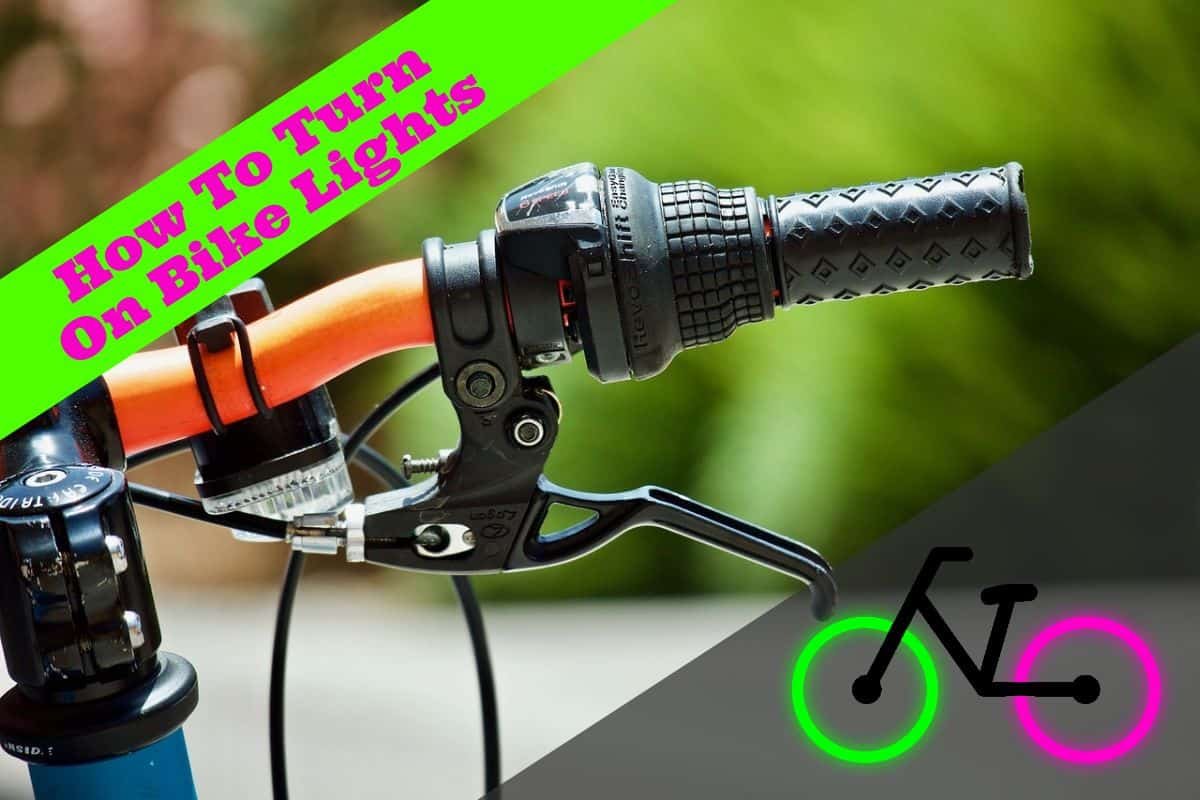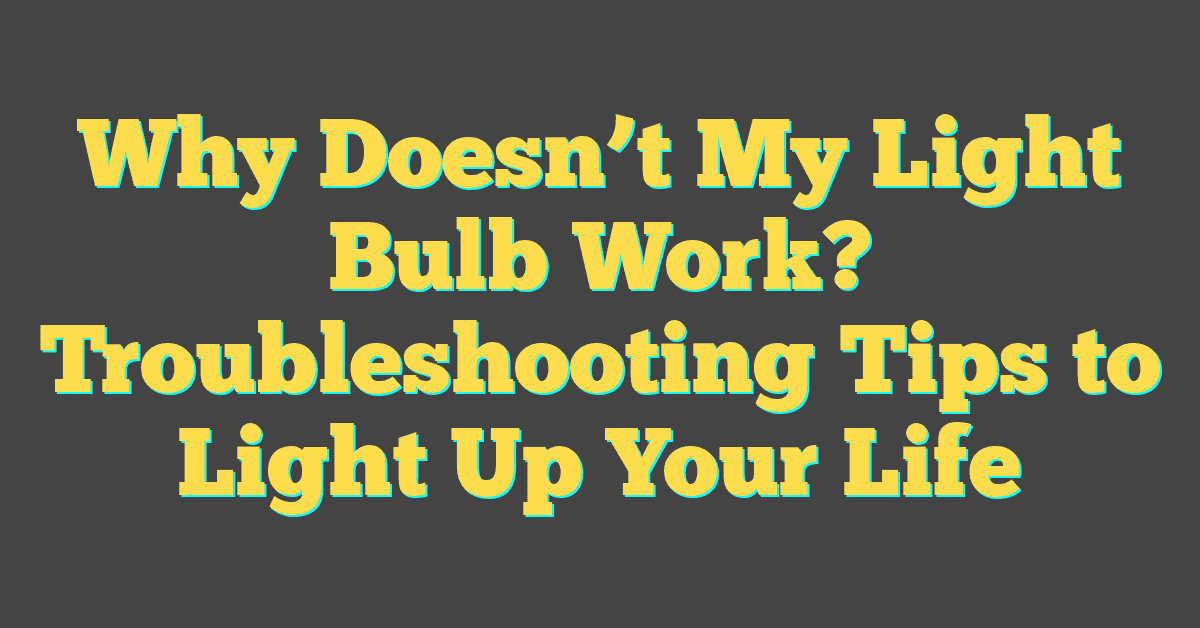Bicycle lights are some of the most important inventions of all time. Their emergence into modern human societies allowed for visibility during nighttime transportation. In this article, we’ll cover the different types of lights and how to turn them on.

The history of bicycle lighting
Initially, bicycle lights consisted of gas fire lighting that would prove extremely bright for riders. Additionally, lanterns were used commonly with the first bicycles in the eighteenth and nineteenth centuries. The individual with one hand on the handle and the other holding a lantern quickly comes to mind here.
The next step in bicycle lighting history was electrical lighting that used incandescent bulbs and a dynamo inside a carbide lamp. After this, halogen lighting took over, making rechargeable systems cheap and bright as well as effective, but would cause too much light to be emitted. This could distract oncoming individuals that might run into objects due to being blinded by the bright lights.
Today, LED lights are the de-facto style of bicycle lighting and descend from HID lights that would shut off rather than dim when the battery was running low. The HID lights did, however, have a longer battery life than halogen lights, which made them a more effective light.
How LED lighting systems work
Batteries are the source of power that allow modern electrical lighting systems to work. These can either be rechargeable batteries that often get plugged into a power source of some kind or disposable batteries designed for single use and can last for months at a time.
Bicycle lighting voltage or its electrical power source can be supplied at 3 volts, 6 volts, 9 volts, or 12 volts. 3 and 6-volt electrical lights often require two to four AA batteries, while lights using 9 volts are supplied by a PP3 battery. 12-volt lighting systems are not as commonly used but the battery in use here can be versatile and can also be used to charge cell phone batteries.
Modern light manufacturers can output 8,000 candelas (80 lux) in the center of the light beam of the LED generating the light. By pointing the LED into the lamp shell towards a mirror, the manufacturer can redirect the light through the lens. This focuses the light of the lamp without distracting ongoing drivers and other bicycle riders.
Lighting is often built into electrical system switches where individuals can turn the light on by pressing and holding down on a button or by simply utilizing an operational switch that turns the light on. Additional dimmers can also be used to change the lighting based on the location and how much is needed or in order to conserve battery life.
Dynamo Systems
As we have just spoken about batteries used in bicycle lighting, it only makes sense that we should also talk about dynamo systems that don’t require any batteries but can also produce an alternating current necessary for the light to function.
Dynamos can be built into multiple locations, but the three most common are hub dynamos, bottle dynamos, and bottom-bracket dynamos. The hub dynamo is the most efficient and most reliable of the three and is the most often used to turn lights on. Dynamos essentially work through the power of the individual peddling the bicycle. This is also known as the work output and is one of the advantages of the system as a whole. Dynamos do not require a battery system for power nor do they need any recharging effort or time. They are also extremely environmentally friendly as they rely on the use of work in order to turn them on.
On the other hand, however, individuals may have no or poor lighting when moving the bicycle very slowly. This could be an issue in urban spaces where lighting is necessary but the crowded environment does not allow one to move at the speed necessary for an effective wattage of light. While they are difficult to remove from vandalism, they can slip in bad weather and cause damage to the sidewall of the tire.
While many have replaced dynamo systems with more reliable LED lights, they are still commonly used in many parts of the world and do provide a more environmentally friendly solution to the mass manufacturing of LED lights that can have negative consequences on the environment.
Front lighting
White LED front lighting is optimal for riders and can range from just a few lumens to max power output, which is ideal for riders that ride in very dark locations. City riders likely won’t need as highly powered front lights as these can prove distracting to oncoming traffic and other individuals that might be blinded by the light.
Alternatively, several LED systems do have the ability to dim lighting on command, so urban riders can use high-power lights but dim them when they are in more crowded locations. These dimmable switches can also be used to conserve batteries that otherwise might be more expensive than rechargeable battery packs.
Rear lighting
In many national jurisdictions, flashing rear bicycle lights is the norm, while in others they are outright banned. In these nations, only solid-colored rear lights are permitted.
« Best Bike Lights with a Camera
Best Bike Lights with a GoPro Mount »
Rear LED lights make use of alkaline and rechargeable cells. While rear lights are known to go out quickly when they are ready to go out, the best practice is to use two and have one as a backup in case the other goes out. Higher-end rear lights may also make use of turn signals or brake lights that can be switched on via handlebar controls.
Bicycle lighting is extremely important for the ability to safely ride a bike at night. With such a storied history, it is no surprise that bicycle lighting has come in various forms. From efficient and reliable LED lighting systems to more eco-conscious Dynamo systems, it is safe to say that bicycle lighting is here to stay and will not be going anywhere anytime soon.




